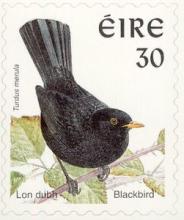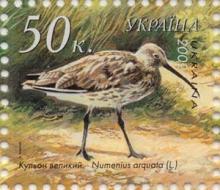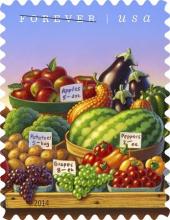Nineteenth-century poet John Clare was essentially foretelling the dire environmental state we see today
Nineteenth-century poet John Clare wove together “descriptions of the environment and accounts of human life,” making no distinction between human and natural history. The anthropologists Richard D.G. Irvine and Mina Gorji argue that this makes him in some ways a poet of our current age, the Anthropocene. He drew connections between the reduction of insect life and the corresponding diminishment of the birds and mammals further up the food chain, essentially foretelling the dire environmental state we see today. Clare recognized an inherent value in land unconnected to human use.









